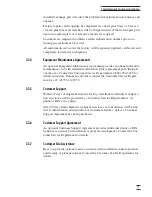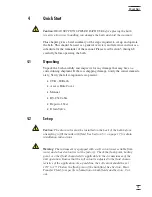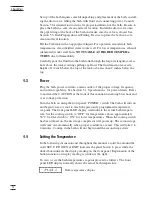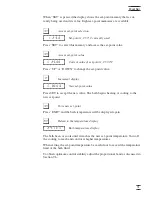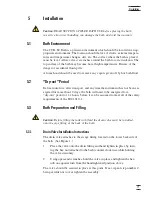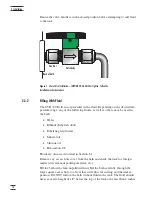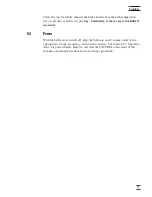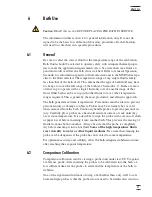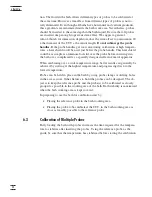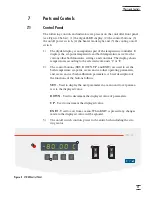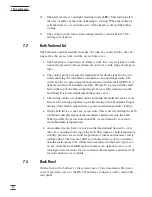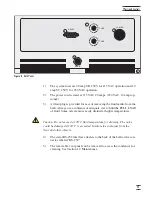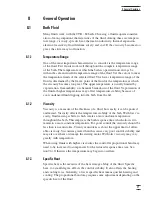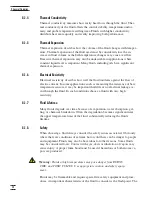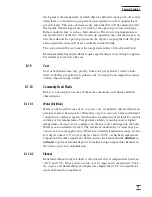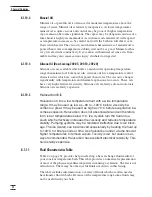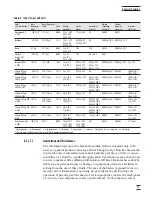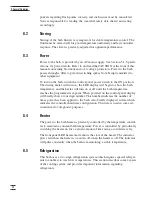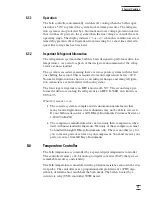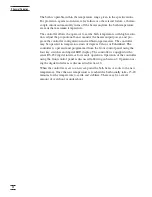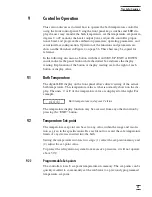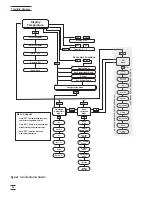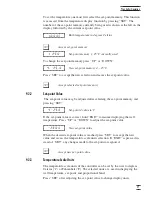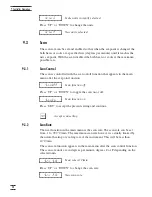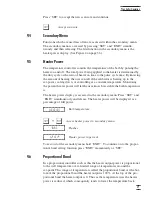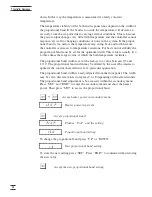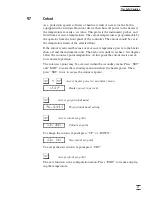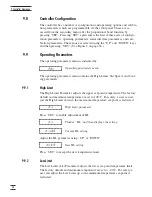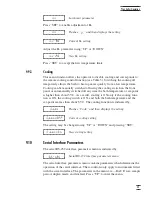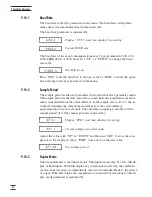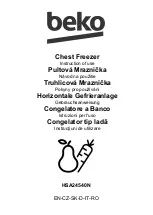
flash point is the temperature at which there is sufficient vapor given off so that
when there is sufficient oxygen present and a ignition source is applied the va-
por will ignite. This does not necessarily mean that fire will be sustained at the
flash point. The flash point may be either of the open cup or closed cup type.
Either condition may occur in a bath situation. The closed cup temperature is
always the lower of the two. The closed cup represents the contained vapors in-
side the tank and the open cup represents the vapors escaping the tank. Oxygen
and an ignition source will be less available inside the tank.
The cutout should be set to meet the temperature limits of the selected fluid.
Environmentally hazardous fluids require special disposal according to applica-
ble federal or local laws after use.
8.1.9
Cost
Cost of bath fluids may vary greatly, from cents per gallon for water to hun-
dreds of dollars per gallon for synthetic oils. Cost may be an important consid-
eration when choosing a fluid.
8.1.10
Commonly Used Fluids
Below is a description of some of the more commonly used fluids and their
characteristics.
8.1.10.1
Water (Distilled)
Water is often used because of its very low cost, availability, and excellent tem-
perature control characteristics. Water has very low viscosity and good thermal
conductivity and heat capacity which makes it among the best fluids for control
stability at low temperatures. Temperature stability is much poorer at higher
temperatures because water condenses on the lid, cools and drips into the bath.
Water is safe and relatively inert. The electrical conductivity of water may pre-
vent its use in some applications. Water has a limited temperature range, from a
few degrees above 0°C to a few degrees below 100°C. At higher temperatures
evaporation becomes significant. Water used in the bath should be distilled or
softened to prevent mineral deposits. Consider using an algaecide chemical in
the water to prevent contamination.
8.1.10.2
Ethanol
Denatured ethanol (ethyl alcohol) is often used at lower temperatures between
–80°C and 10°C. It has good viscosity over its range and is inexpensive. Toxic-
ity, vapors, and flammability at temperatures higher than 10°C are significant
issues that must be considered.
29
8 General Operation

